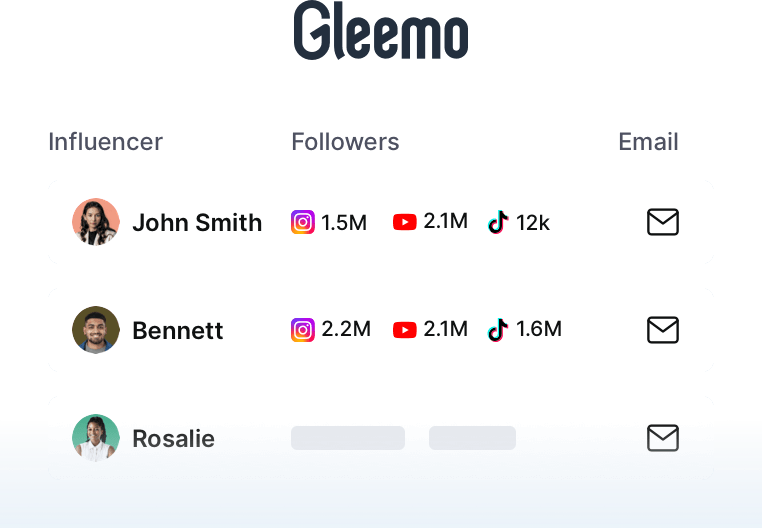In the digital age, food influencers have emerged as powerful advocates for brands in the culinary space. With their ability to engage audiences through authentic content and personal connections, these influencers offer food brands unique opportunities to expand their reach, enhance consumer trust, and drive sales. This article will explore how brands can effectively collaborate with food influencers to create impactful marketing campaigns.
The Rise of Food Influencers in the Digital Age
Food influencers have become pivotal players in the marketing landscape. Social media platforms like Instagram, TikTok, and YouTube provide food enthusiasts with vast audiences. According to the Famesters influencer marketing report, 66% of industry experts believe that food influencer-generated content performs better or just as well as classical branded content. This shift reflects consumers’ growing preference for authentic, relatable content over conventional advertising.
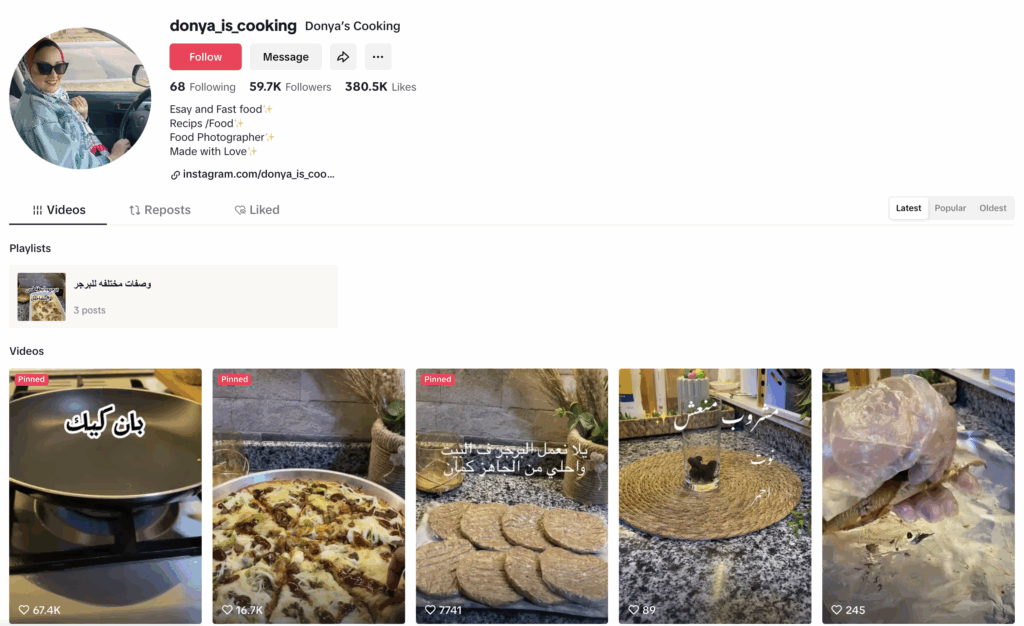
Food influencers bridge the gap between brands and consumers by offering authenticity and relatability. For example, TikTok food influencers like @donycooking (5M+ followers) simplify gourmet recipes, while Instagram food bloggers like @halfbakedharvest blend aesthetics with approachable cooking. These creators cater to diverse audiences, enabling brands to target specific demographics, from health-conscious millennials to budget-friendly meal planners.
Finding Food Influencers Who Align with Your Brand Identity
Partnering with food influencers isn’t about chasing the biggest follower counts—it’s about finding creators whose values, content style, and audience align with your brand’s identity. A mismatch can dilute your message or alienate your target customers. Here’s how to identify the right collaborators for your campaign:
1. Define Your Brand Identity
Before searching for influencers, clarify your brand’s mission, tone, and target audience. Are you promoting sustainability, convenience, or premium quality? Is your tone playful, educational, or aspirational? Understanding these elements helps identify creators who can authentically represent your brand.
2. Prioritize Audience Relevance Over Follower Counts
A creator with 10,000 engaged followers often outperforms one with 100,000 disengaged ones. Use tools like Gleemo to evaluate:
- Follower Demographics: Ensure the influencer’s audience matches your target market. For instance, if your brand focuses on organic products, an influencer with an audience interested in health and wellness would be ideal.
- Engagement Rates: An influencer with a highly engaged audience can deliver better results than one with a large but passive following. High engagement indicates the audience values the influencer’s content and is more likely to respond to your brand’s message.
- Content Quality and Style: The influencer’s content should align with your brand’s aesthetic and tone. High-quality visuals and compelling storytelling can effectively showcase your products.
- Niche Relevance: Food influencers specialize in various niches, such as vegan cuisine or budget meals. Choosing an influencer whose niche aligns with your brand ensures your marketing efforts resonate with an interested audience.
- Brand Compatibility: The influencer’s values and online persona should complement your brand’s ethos. This compatibility fosters authentic collaborations that appeal to potential customers.
3. Leverage Platform-Specific Search Strategies
- Instagram: Use relevant hashtags like #foodie, #foodblogger, and #instafood to search for potential influencers. Explore various content formats such as posts, stories, and IGTV to identify influencers whose content style and values match your brand. For instance, if your brand focuses on healthy eating, look for influencers who regularly share healthy recipes and lifestyle content.
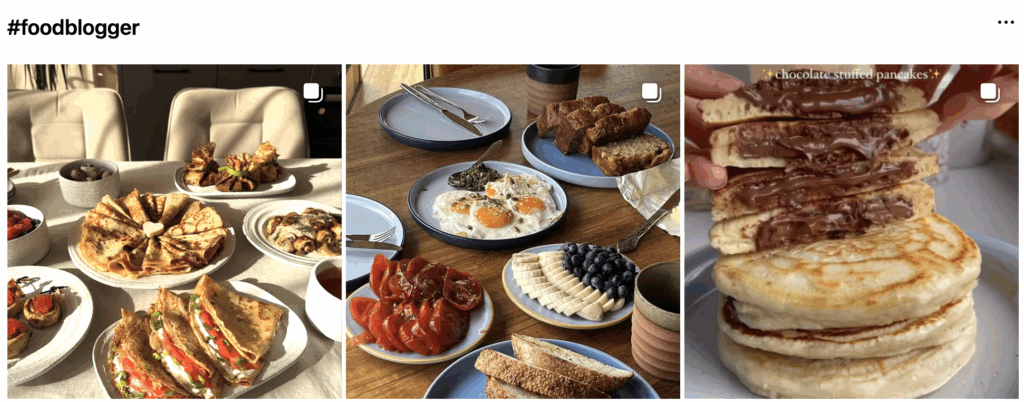
- TikTok: Visit the Discover page to search for trending food-related hashtags like #foodie, #cookinghacks, or #recipeideas. Stay updated on popular challenges and trends within the food community, such as “What I Eat in a Day” or “Cooking Hacks,” to uncover influencers actively participating in these trends.
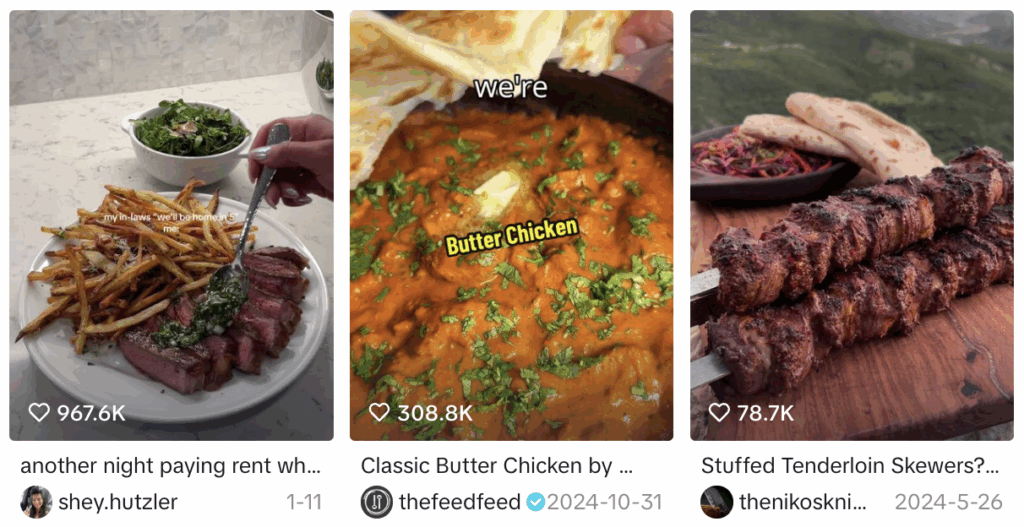
- YouTube: Use keywords like “cooking tutorials,” “recipe videos,” or “food vlogs” to find popular food-related content. Explore YouTube’s recommended videos section, watch videos from popular food channels, and check the sidebar for more influencers. Engage with comments and community posts on food-related YouTube channels to connect with creators and their audiences.
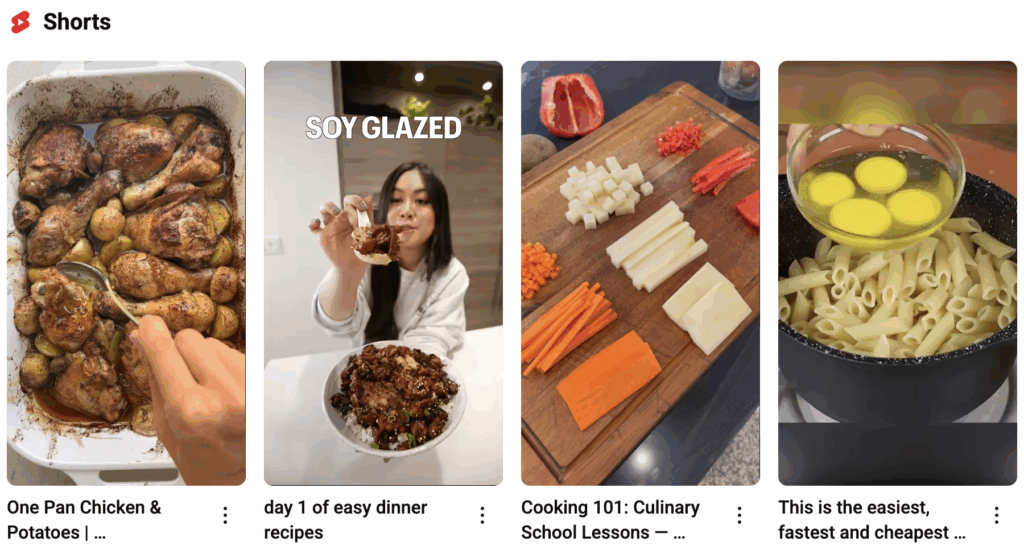
4. Utilize Influencer Discovery Tools
Influencer marketing platforms like Gleemo can simplify the process of finding food influencers. These tools offer features such as influencer search, audience demographic analysis, and engagement rate metrics. Brands can filter based on location, audience demographics, and other criteria to precisely identify suitable influencers.
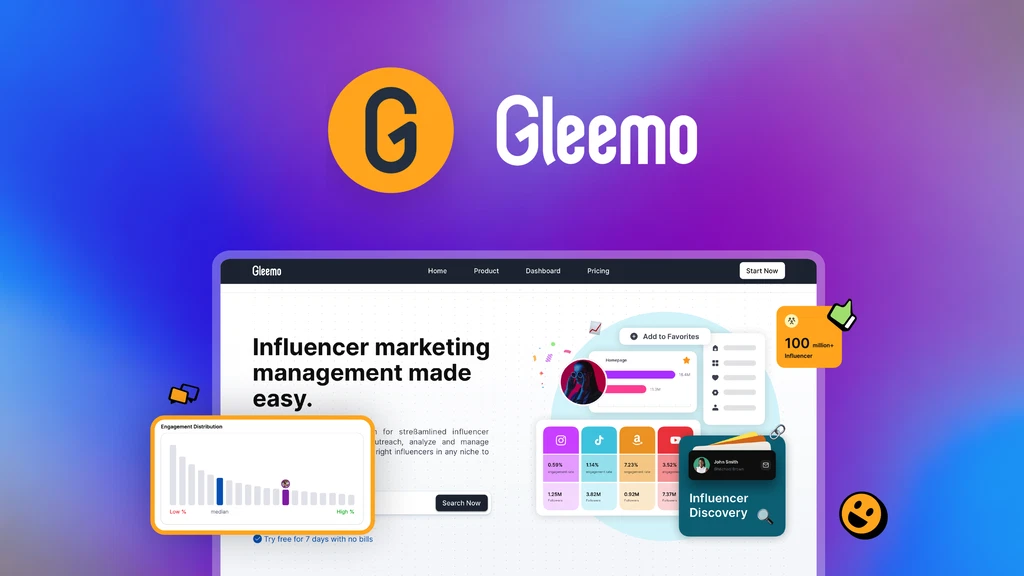
Key Features of Gleemo:
- AI Semantic Search: Gleemo’s search engine analyzes bios, captions, and hashtags using natural language processing (NLP), identifying influencers based on contextual relevance rather than keyword matching.
- 30+ Advanced Filters: Refine searches using 30+ criteria, including audience interests, engagement trends, and brand affinity.
- Influencer Analytics: Track engagement metrics, audience demographics, and post performance.
- Collaboration Management: Centralized dashboard to track influencer outreach, contracts, and campaign status.
5. Conduct Local Searches
Use social media platforms to search for local food influencers by using relevant hashtags and exploring food-related content. Research local events, food festivals, and popular restaurants to identify influencers who share your brand’s values. Review sites like Yelp and TripAdvisor can also provide information on individuals who have a strong presence in the local food scene.
Showcasing Your Products Through Creative Food Content

Food influencers can elevate your brand by embedding products into engaging, authentic narratives. To maximize impact, focus on these strategic approaches:
1. Integrate Products into Storytelling-Driven Recipe
Empower influencers to naturally incorporate your product into recipes that address audience needs or trends. Highlight versatility by suggesting multiple use cases (e.g., a sauce for marinades, dips, or dressings). Provide recipe inspiration but allow creative freedom to align with the influencer’s style.
2. Leverage Unboxing and Taste Test Videos
Capture authentic reactions through unboxing videos or blind taste tests. These formats build credibility, especially for new products. Prioritize platforms like TikTok or Instagram Reels for short, dynamic clips, or YouTube for detailed reviews.
3. Create Behind-the-Scenes (BTS) Content
Humanize your brand by showcasing production processes, sustainability efforts, or team stories. Partner with influencers to film factory tours, ingredient sourcing journeys, or “day in the life” content using your product.
4. Co-Create Trend-Driven Challenges
Align with viral food trends or seasonal themes (e.g., holiday baking, summer grilling). Launch hashtag challenges encouraging audiences to share their creations using your product. Offer incentives like features or prizes to boost participation.
5. Develop Educational Tutorials
Position your product as a solution through step-by-step guides. Examples include meal prep hacks, kitchen tool tutorials, or ingredient substitution tips. Optimize content for platform preferences: carousels on Instagram, long-form videos on YouTube.
Collaborating on Recipes, Reviews, and Tutorials

Collaborations with food influencers can take various forms:
- Recipe Development: Partner with influencers to create unique recipes featuring your products. This showcases the products’ versatility and can inspire followers to experiment in their own kitchens.
- Product Reviews: Authentic reviews from influencers can build consumer trust. Their honest opinions and experiences with your products can influence purchasing decisions.
- Cooking Tutorials: Step-by-step tutorials guided by influencers can educate viewers on how to use your products effectively. This adds value and positions your brand as a knowledgeable resource.
Leveraging Visual Platforms to Highlight Food Influencer Partnerships
Visual platforms provide a unique opportunity to showcase food influencer partnerships in an engaging and appealing way. Here’s how to make the most of these platforms:
- Posts and Reels: Instagram’s visual nature makes it perfect for sharing mouth-watering images and short videos of food. Influencers can create high-quality posts and reels featuring your products, showcasing their appeal and usage.
- Stories: Instagram Stories offer a more casual and immediate way to engage with audiences. Influencers can share behind-the-scenes content, such as the process of preparing a dish with your products, or go live to interact with followers and answer questions about your brand.
TikTok
- Short-Form Videos: TikTok’s fast-paced, video-centric format is ideal for capturing attention quickly. Influencers can create engaging and creative videos featuring your products, such as quick recipe hacks, food challenges, or taste tests.
- Challenges and Hashtags: Launching a TikTok challenge related to your brand can encourage user participation and generate user-generated content. For example, you can invite users to share their creative uses of your products with a branded hashtag, as Chili’s did with their viral food challenges.
YouTube
- Detailed Content: YouTube allows for more in-depth and longer-form content. Influencers can create detailed cooking tutorials, product reviews, or lifestyle videos featuring your products.
- Video Series: Consider collaborating with influencers on a series of videos around a specific theme or topic related to your brand. This can keep viewers engaged and coming back for more content.
Multi-Platform Strategy
- Expand Reach: Don’t limit yourself to a single platform. Each platform has its unique audience and content format. By leveraging a multi-platform strategy, you can target different segments of your market and increase your overall reach. For example, you can share short teaser videos on TikTok and Instagram Reels while directing viewers to longer-form content on YouTube.
- Consistent Branding: Ensure consistency in your branding across all platforms. Use the same logo, colors, fonts, and design elements to create a cohesive visual identity.
- Cross-Promotion: Encourage influencers to cross-promote your brand’s content across their own social media channels.
Measuring Engagement and ROI in Food Influencer Campaigns
To evaluate the success of food influencer campaigns, brands must track both engagement metrics (audience interaction) and ROI (return on investment). Below is a breakdown of key metrics, tools, and formulas, presented in a structured format for clarity.
Key Engagement Metrics
| Metric | Definition | How to Measure | Tools/Platforms | Purpose |
| Engagement Rate | Percentage of followers interacting with content. | (Likes + Comments + Shares) / Followers × 100 | Instagram Insights, TikTok Analytics, Gleemo | Measures content resonance. |
| Reach | Unique users who viewed the content. | Platform analytics (e.g., Instagram Reaches). | Hootsuite, Sprout Social | Indicates brand visibility. |
| Click-Through Rate (CTR) | Percentage of viewers clicking a link. | Clicks / Impressions × 100 | Bitly, Google Analytics | Tracks traffic to websites. |
| Save Rate | Number of users saving the post. | Instagram or Pinterest saves. | Platform-native analytics | Signals long-term interest. |
| Sentiment Analysis | Audience perception of the brand. | AI tools analyzing comment tone. | Brandwatch, Gleemo | Assesses brand reputation. |
ROI Metrics
| Metric | Formula | Tools/Platforms | Purpose |
| Sales Revenue | Total sales from campaign period – Baseline sales. | Shopify, Google Analytics | Direct revenue impact. |
| Cost Per Engagement (CPE) | Campaign Cost / Total Engagements | Gleemo, Hootsuite | Evaluates cost efficiency. |
| Customer Acquisition Cost (CAC) | Campaign Cost / New Customers Acquired | CRM systems, UTM tracking | Measures cost to gain customers. |
| Return on Ad Spend (ROAS) | (Revenue from Campaign / Campaign Cost) × 100 | Google Ads, Meta Ads Manager | Quantifies profit per dollar spent. |
Promoting Sustainability and Food Trends with Influencers
In today’s food market, leveraging influencers to promote sustainability and food trends is a powerful strategy. Here’s how to make it work:
Promoting Sustainability
- Raise Awareness: Partner with influencers who are passionate about sustainability. They can educate their followers about the environmental impact of food choices and share tips on reducing food waste, using eco-friendly packaging, and supporting sustainable brands.
- Build Trust: Influencers can provide authentic insights into a brand’s sustainable practices, helping to bridge the gap between brands and consumers who are skeptical of greenwashing.
Promoting Food Trends
- Introduce New Products: Collaborate with influencers to showcase the latest food trends, such as plant-based foods, functional foods, or international cuisines. Their content can help brands stay relevant and attract consumers seeking new experiences.
- Create Buzz: Use influencers to generate excitement around new food products or recipes. Their engaging content can spark conversations and drive interest among their followers.
Building Long-Term Partnerships with Food Influencers
The Power of Long-Term Partnerships
Long-term partnerships with food influencers offer brands significant advantages. They allow for the development of deeper, more authentic connections with the audience over time. As the influencer’s audience grows, your brand benefits from increased exposure and credibility. These partnerships can evolve into more extensive collaborations, such as co-creating products or hosting exclusive events for followers.
How to Establish and Maintain Long-Term Partnerships
- Build Trust and RapportStart with clear and transparent communication. Share your brand’s values, goals, and expectations while also taking the time to understand the influencer’s vision and working style.
- Offer Value Beyond Payment: While financial compensation is important, consider providing additional incentives such as early access to new products, exclusive experiences, or creative freedom to keep the partnership fresh and motivating for the influencer.
- Co-Create Content and Campaigns: Involve influencers in the creative process. Their insights can lead to more authentic and engaging content that resonates with their audience.
- Stay Connected: Regular communication is key. Check in with your influencers periodically, provide feedback, and discuss how to evolve the partnership.
- Measure and Adapt: Continuously assess the performance of your campaigns and be willing to adapt your strategies based on what’s working and what’s not.
- Leverage Tools for Influencer Management: Platforms like Gleemo can help streamline the management of long-term influencer relationships. These tools allow you to track campaigns, communicate with influencers, and analyze performance all in one place.
Conclusion
Partnering with food influencers can significantly enhance your brand’s marketing strategy. By finding the right influencers, creating engaging content, leveraging visual platforms, measuring campaign success, promoting sustainability and food trends, and building long-term partnerships, your brand can achieve greater visibility, engagement, and sales.
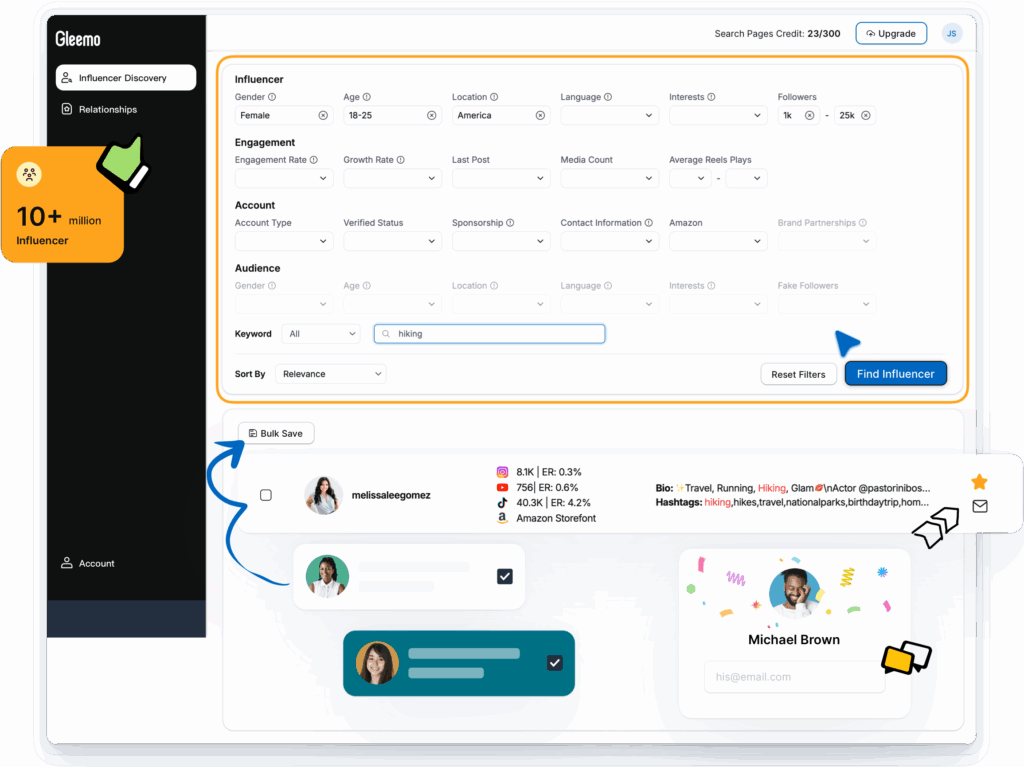
With the right approach and tools like Gleemo to streamline the process, food influencers can become invaluable partners in your brand’s marketing efforts.
FAQs
What are food influencers and why are they important?
Food influencers are individuals with a passion for food and a significant social media following. They create content related to food, including recipes, restaurant reviews, and cooking tips. They are important because they can influence their audience’s food choices and opinions, helping brands reach and engage consumers in an authentic way.
How do I find food influencers on Instagram?
You can search for food influencers on Instagram using relevant hashtags, such as #foodblogger or #foodphotography. You can also use platforms like Gleemo, which allows you to filter and analyze potential influencers based on various criteria.
What should I look for in a top food influencer?
Look for influencers whose audience aligns with your target market, have high engagement rates, create quality content, and whose personal brand matches your brand’s values.
How can I collaborate with TikTok food influencers?
Reach out to TikTok food influencers with a clear proposal outlining the collaboration’s goals and expectations. This could involve creating short video content featuring your products or participating in challenges related to your brand.
What are some effective strategies for working with food bloggers?
Provide food bloggers with your products for honest reviews and recipe development. Engage with their content by commenting and sharing their posts to build a positive relationship.
